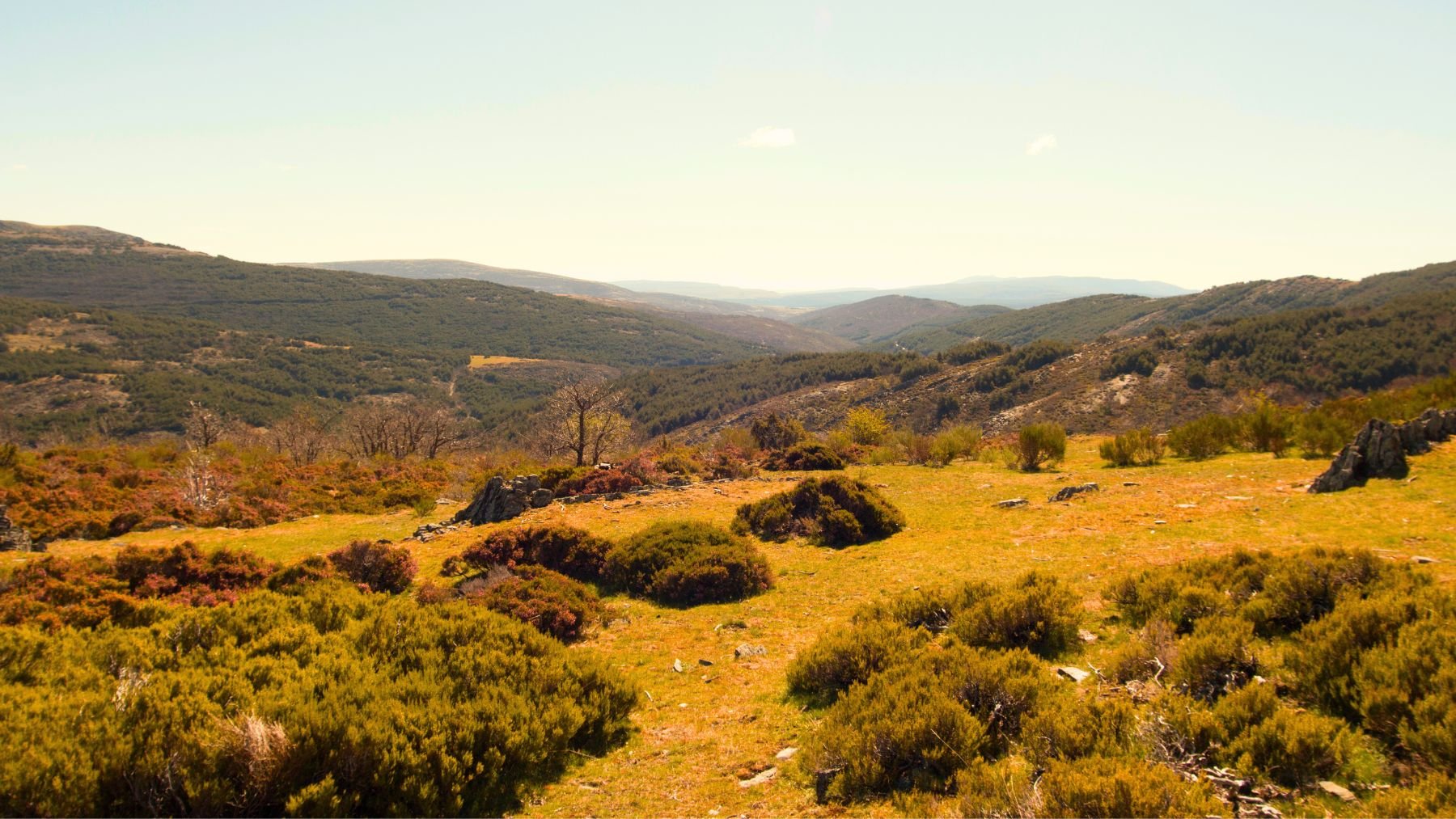California is reporting a dramatic rise in cases of Valley fever, a fungal infection that can cause lasting health problems and even death. Once considered rare, the illness is now spreading faster than ever, with state health officials warning that the numbers could surpass all previous records.
Valley fever, or coccidioidomycosis, is caused by inhaling spores from the Coccidioides fungus that lives in soil. According to SFGate.com, it has surged more than 1,200% in the last 25 years in the state. Let’s explore why cases are climbing, how climate change is fueling the spread, and what doctors say residents should know to protect themselves.
Valley fever and its rise in California
In 2000, California reported fewer than 1,000 cases of Valley fever. By last year, that number exceeded 12,500. This year’s data suggests the state may break that record again. The spike has drawn the attention of infectious disease experts, who point to changes in weather patterns as a major driver.
The fungus thrives when winters are wet and mild, allowing it to survive underground without frost killing it off. When conditions turn dry, spores are released into the air and spread by wind, construction, or farming activity. That makes regions like the San Joaquin Valley especially vulnerable, where agriculture and dust storms are common.
Shaun Yang, who leads molecular microbiology at UCLA, says climate change is amplifying the cycle of drought and rainfall that lets the fungus flourish. “This kind of very wet and dry pattern definitely is perfect for this fungus to grow”, he explained. His lab, which used to see one case a month, now sees several, including in children.
Still, experts caution that part of the increase reflects better tracking. Dr. John Galgiani, who directs the Valley Fever Center for Excellence at the University of Arizona, notes that changes in reporting systems have added to the totals. But he also warns that the disease’s range could expand across the western United States and possibly reach as far as Canada.
What to know about this disease and how to respond
Valley fever often starts with vague symptoms like fatigue, cough, fever, and muscle pain. In many people, it resolves on its own, but in severe cases, the infection can spread beyond the lungs to the skin, brain, or bones, leading to chronic illness. Hospitalization rates are high, and state data show that about one in ten hospitalized patients die from the disease.
Because so many infections are mild or misdiagnosed, the true number of cases may be ten to eighteen times higher than reported. Older adults, people with diabetes, pregnant women, and anyone with weakened immunity are at greater risk of serious complications. Workers in agriculture, construction, or other outdoor jobs in endemic regions face the highest exposure.
Doctors recommend that anyone living in or visiting areas where Valley fever is common should get tested if they develop pneumonia-like symptoms. Galgiani emphasizes that testing is especially important in places like Bakersfield or Fresno, where the infection is widespread. Early diagnosis allows physicians to begin antifungal treatment sooner, which can prevent severe disease.
